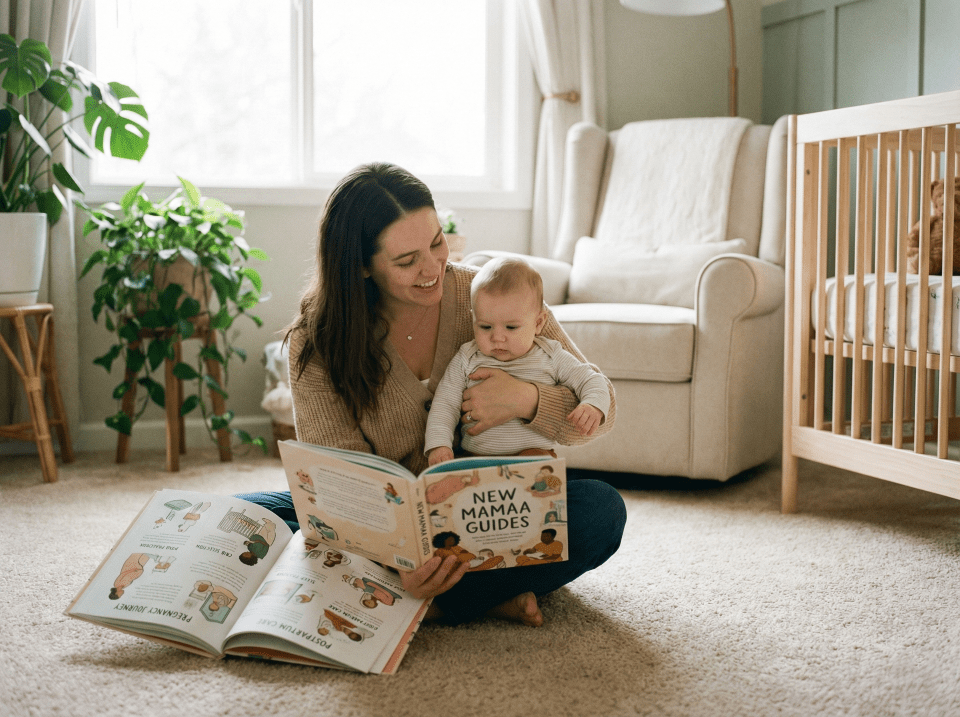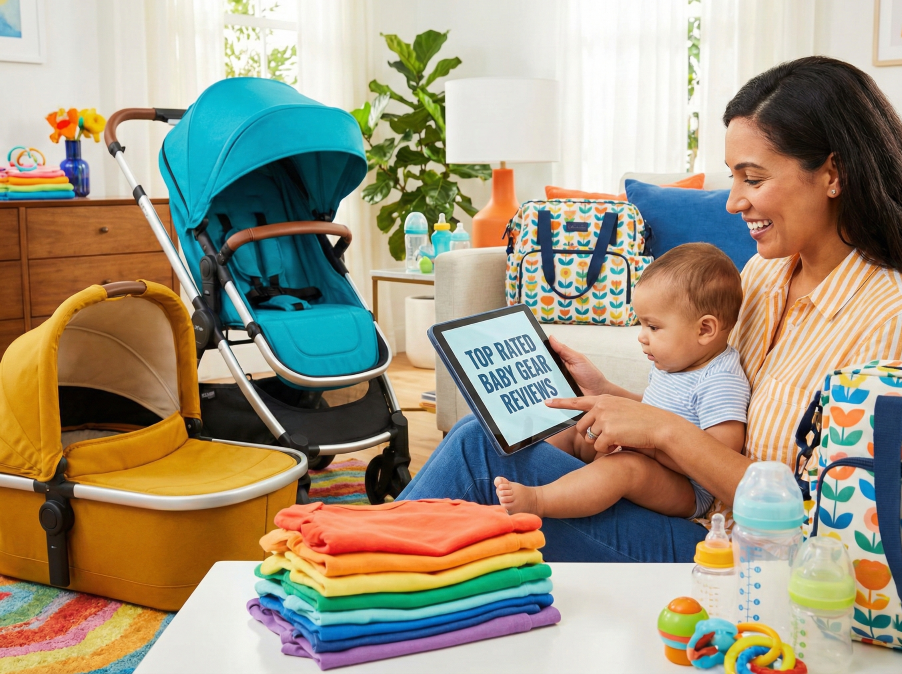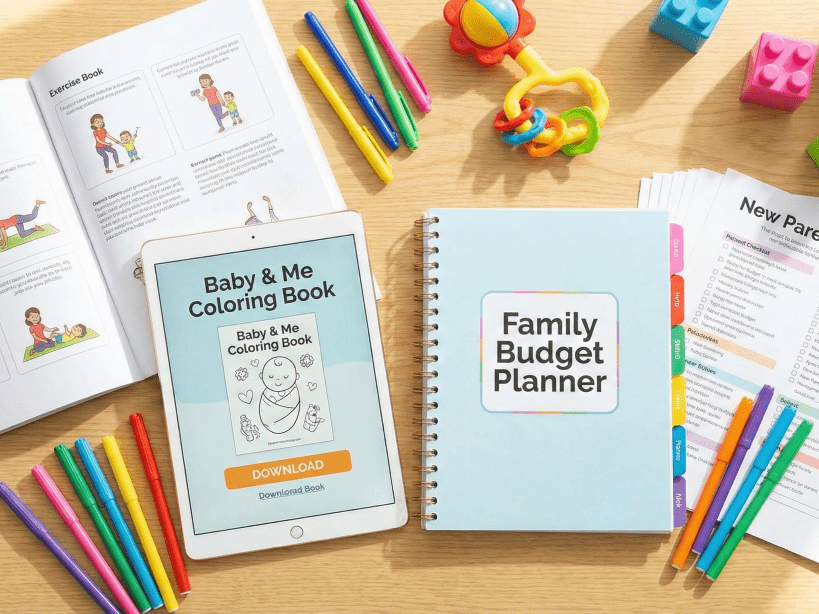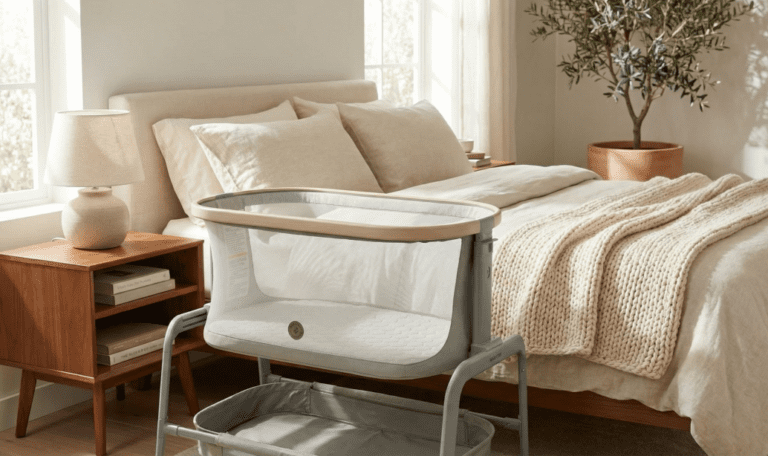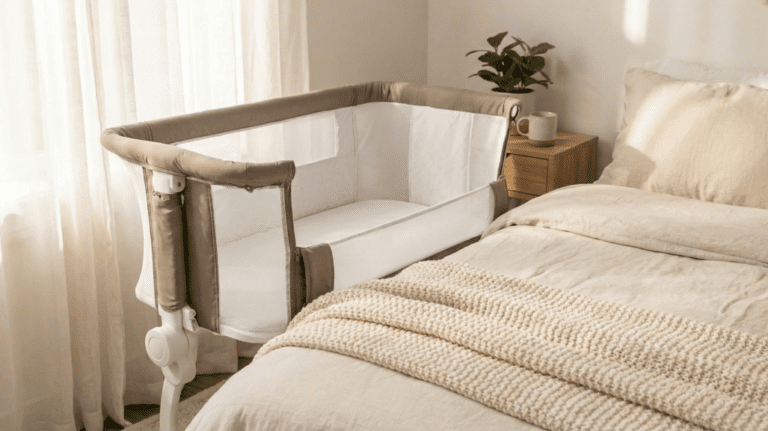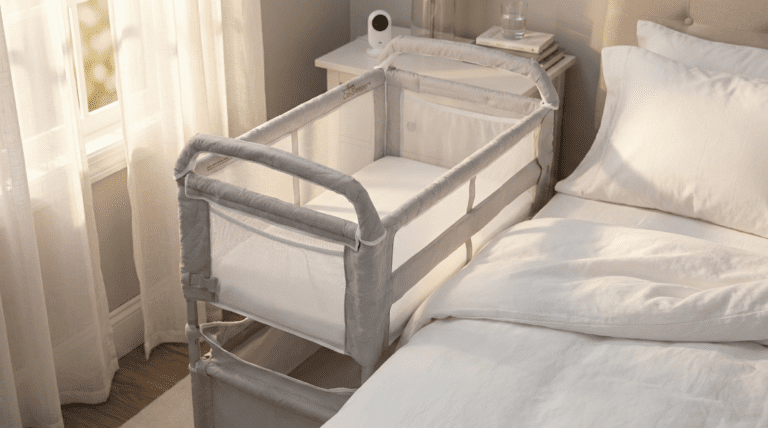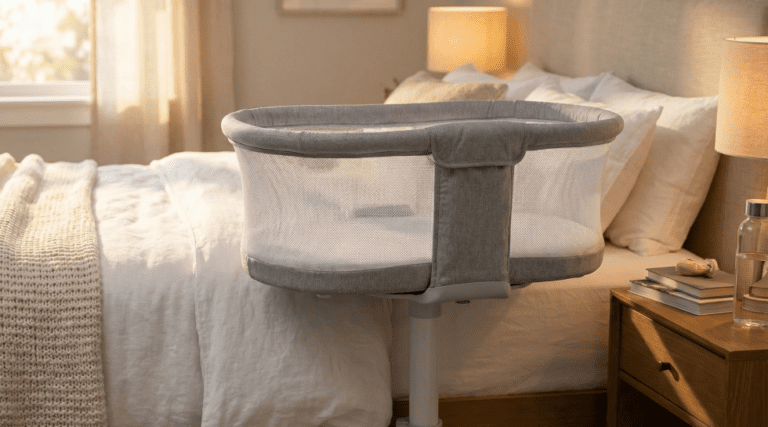Motherhood, One Nap at a Time
Welcome to your digital village, where I share honest encouragement, researched baby tips, and the simple things that make the newborn days feel a little less overwhelming. Grab a cup of coffee (reheated is fine) and settle in—you’re doing a great job, mama.
Fresh Reads !
The latest tips, honest reviews, and parenting insights hot off the press. Dive into our newest articles covering everything from essential baby gear comparisons to practical advice for navigating the first years of parenthood.
Check Them Out!The Lifestyle Starter Bundle
Get my free Lifestyle Starter Bundle and jump into a curated mix of easy routines, home tips, wellness ideas, and gentle inspiration.
Grab the guide now!What’s trending
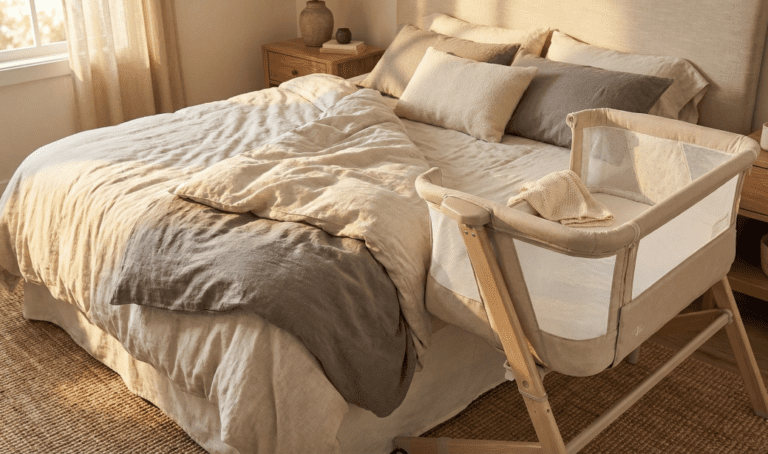 Bassinet
Bassinet
Evolur Stellar Bassinet Review: Affordable Luxury in 2026?
You don’t need to spend a fortune for a safe, stylish nursery. In this honest review, we put the Evolur Stellar to the “New Mom Stress Test.” From the drop-side feature for C-section recovery to the wood-finish aesthetic, find out if this under-the-radar pick is the budget savior you’ve been waiting for—or if you should keep looking.
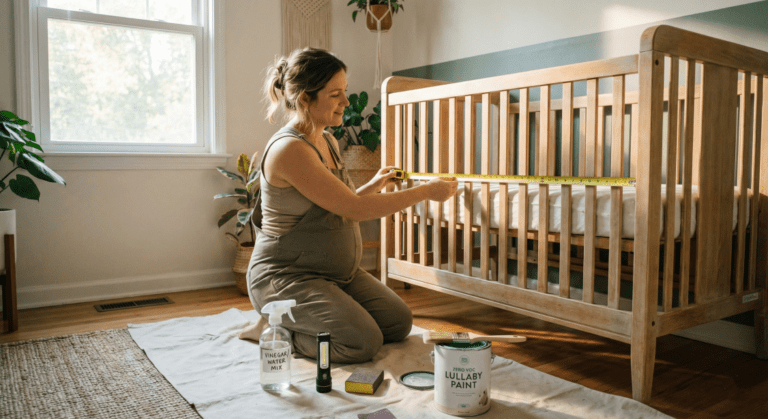 Crib
Crib
Buying a Used Crib? The Ultimate Safety, Inspection, and Restoration Guide
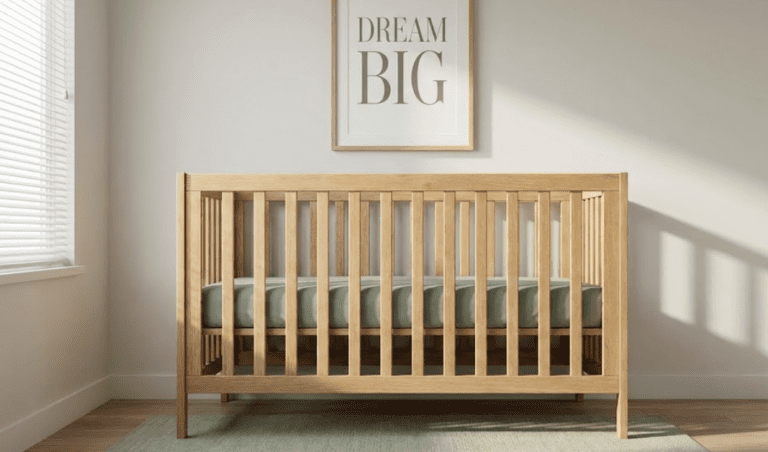 Crib
Crib
Crib Safety Standards 101: Slat Gaps, Drop-Sides, and Recall Checks
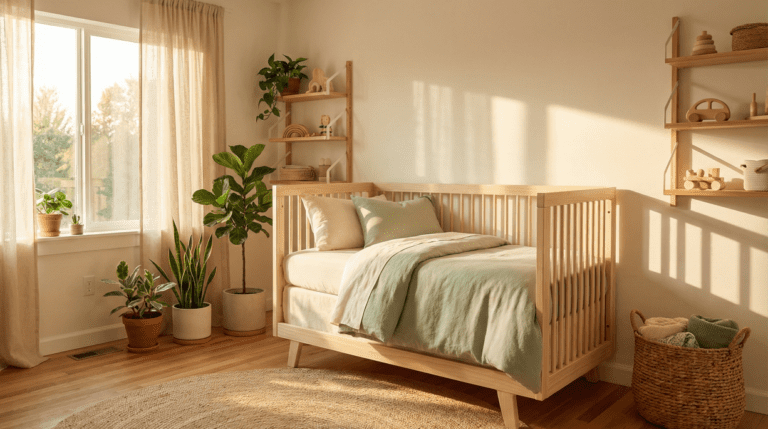 Crib
Crib
The 10 Best Non-Toxic & Greenguard Gold Certified Cribs for Eco-Conscious Moms (2026)
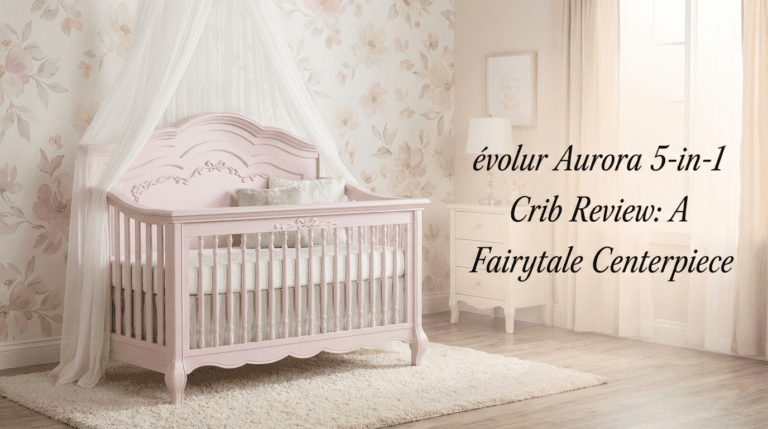 Crib
Crib

